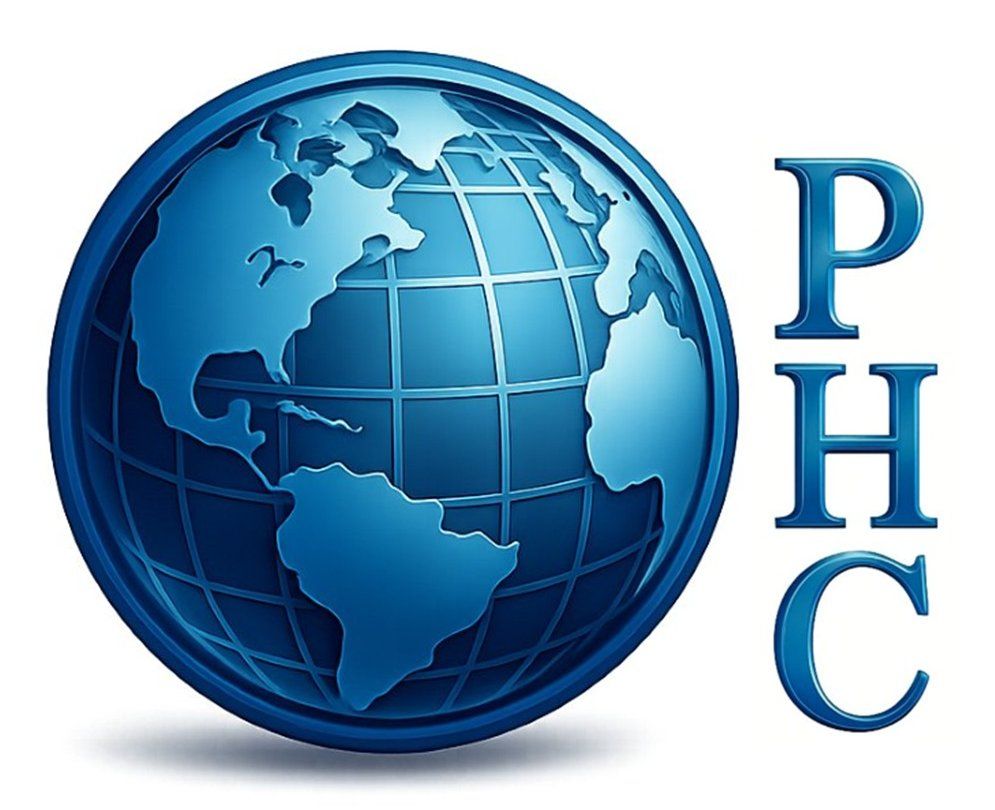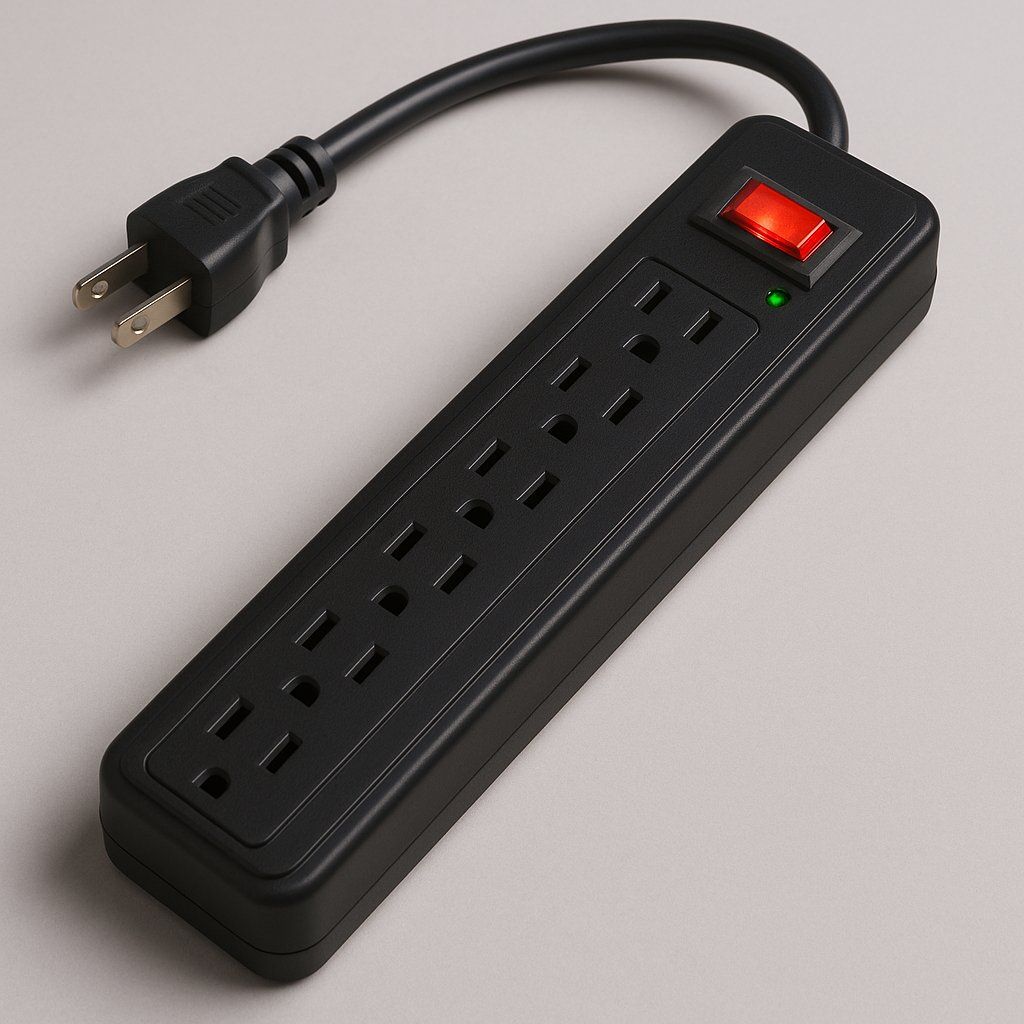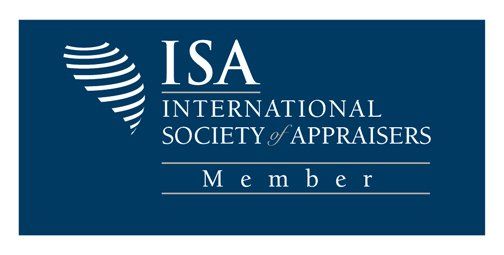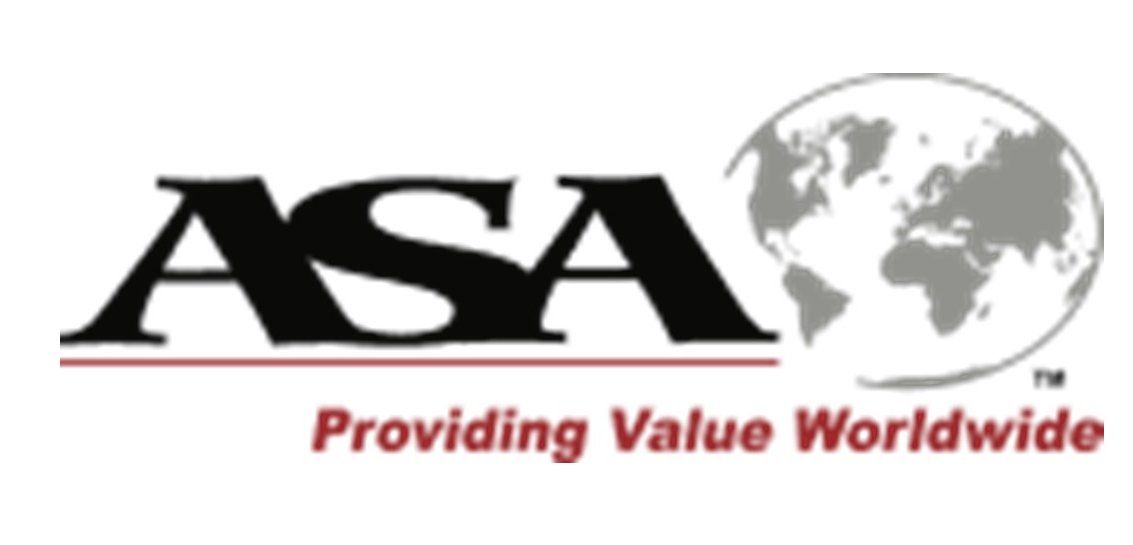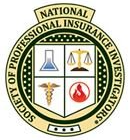Lightning & Equipment Damage Property Claims
Is it lightning or electrical surge?
First and foremost is the verification of lightning (particularly if there is exclusion for man-made current, or different limits apply). Before you spend a lot of money to have an “expert” perform a site inspection, dissemble equipment and incur a bill, here are some important points to consider:
Stage 1: Verification of Cause
- If there is an exclusion for man-made or artificially generated current the very first step is to verify the presence (or absence) of lightning. The most reliable, and in our opinion most cost-effective way to do this is to utilize an accurate, reliable lightning reporting service such as CoreLogic: www.wvs.corelogic.com/strikenet This is a service that uses a nationwide array of sensors to verify the presence of lightning. This is far more accurate than simple weather reporting services which simply report the presence or absence of storms. The mere presence of a storm does not guarantee that lightning actually struck your Insured. Nor does the absence of storms guarantee the absence of lighting. If lightning is not detected for the DOL (and a reasonable time frame around the date), then lightning is NOT the cause is it time to issue a denial? Think about it- if lightning is not present, -why pay, to have a compressor torn apart for example, and a consulting bill incurred.
- Once lightning is verified, it is still necessary to ascertain if that was the cause of loss. This is the point where your consultant can provide valuable assistance.
Stage 2: Establish Actual Damages
Once a covered cause is verified, it is still necessary for an accurate assessment of the reported damages, establishment of a causal link to the voltage event, and an audit of proposed repairs and replacements. Pre-existing damages, wear and tear, and damages unrelated to the reported cause of loss can all be lumped into catch-all of “lightning damage”. This is also the time that many vendors will put forth the standard lines like: everything is stressed by lightning and is now unreliable; or the old standard “we can’t get repair parts anymore, so the Insured needs a whole new system”. First of all, rarely is anything repaired at a component or part level anymore. Rather, a technician simply replaces an electronic circuit card. The offending “stressed by lightning” parts are gone. Secondly, the absence of repairs electrical parts needs to be verified. Many times the Service Vendor simply doesn't handle that brand therefore does not want to service it. the opt instead to replace the entire system with the brand that they sell.
Stage 3: Review Repair Estimates
Repair estimates should be based on Stage 2 above, i.e. repairs estimates should be for actual claim-related damages, once things like wear and tear, etc., have been eliminated. It may be advisable to obtain several repair estimates unless delays might drive up business interruption costs. Ask that the repair vendor retain any replaced parts in case further analysis is required. It may be advisable to retain the use of an expert to review repair bills.
Many times an experienced technical professional such as the engineers at The Price-Hollingsworth Company is needed to quickly sort through costs, perform analysis, and arrive at LKQ replacement values and appropriate repairs. Click here to discuss your lightning claims needs with a PHC professional.
